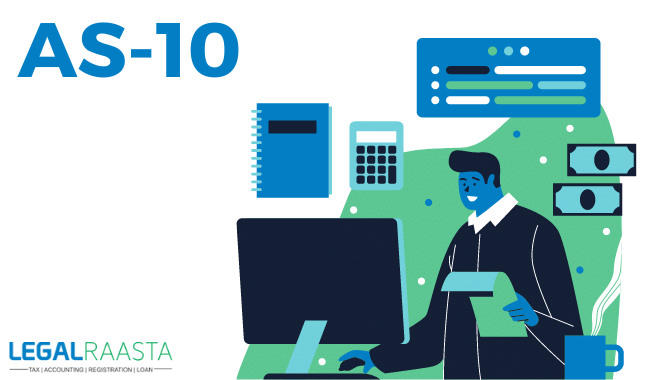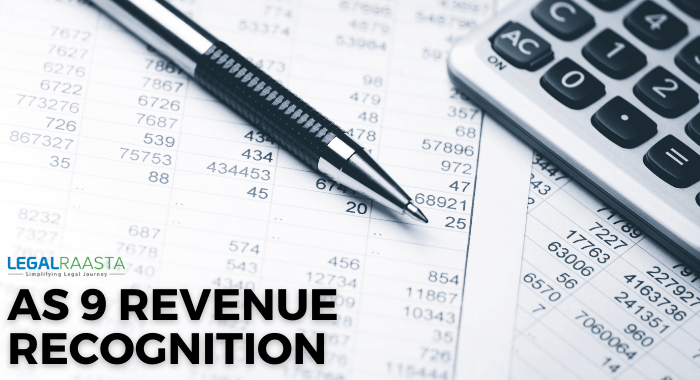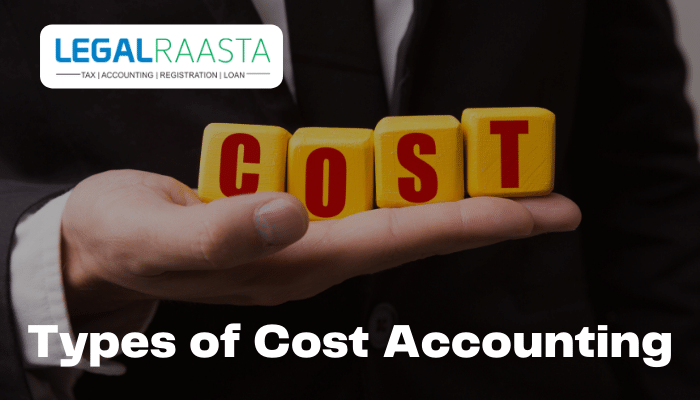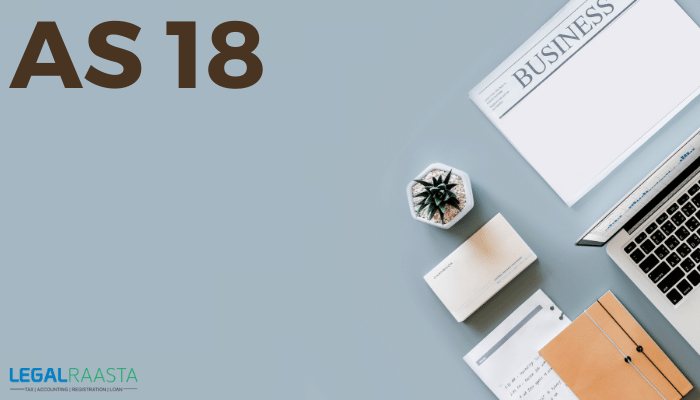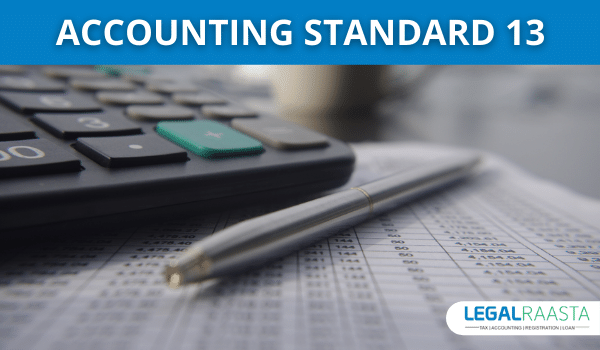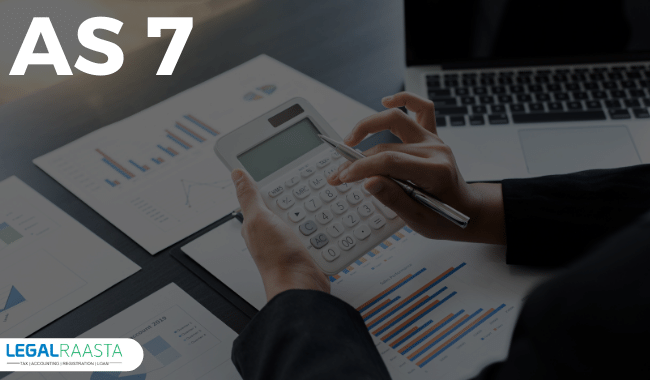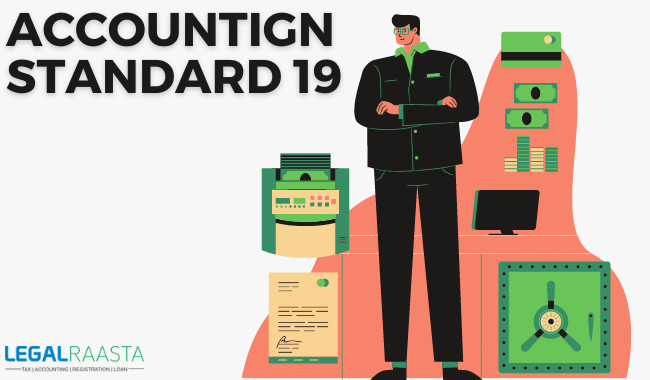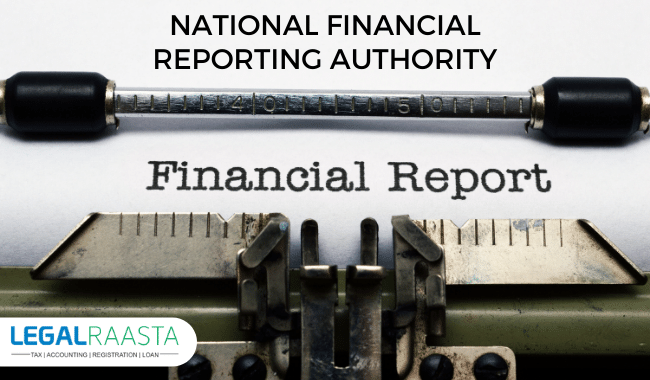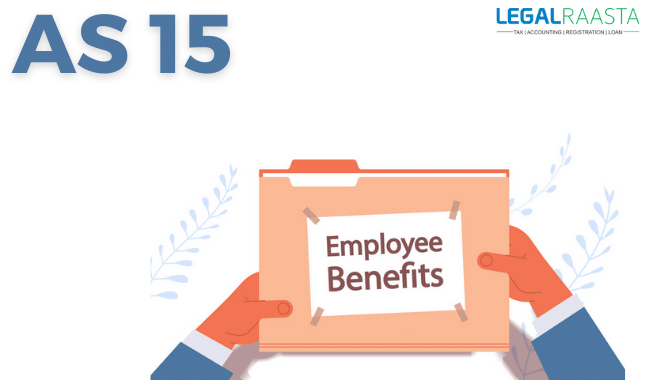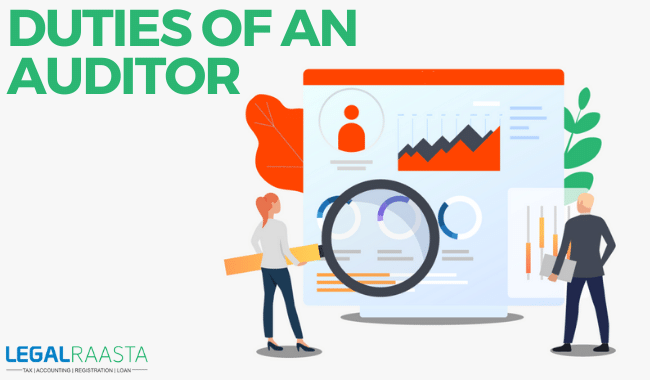AS 10 : Accounting standard on Property, Plant and Equipment
AS 10 Property, Plant, and Equipment prescribes the accounting treatment for properties, P&E (Plant and Equipment) so that financial statement consumers can recognize and appreciate information about any enterprise's property, P&E investment, as well as understanding changes in such investments. It's also worth noting that AS 6 – Accounting for
Depreciation has been withdrawn, and all depreciation-related issues are now covered under AS 10.
Applicability of AS 10 Property, Plant, and Equipment
AS 10 is used to account for property, P&E (Plant and Equipment), and this standard does not apply to the following items:
(a) biological assets associated with agricultural activities, with the exception of bearer plants. The Standard applies to bearer plants, but not to the products produced by bearer plants; and
(b) Mineral rights, expenses associated to the exploration for and extraction of oil, minerals, natural gas, and other non-regenerative resources are examples of wasting assets.
Recognized Assets under AS 10 Property, Plant, and Equipment.
The cost of property and P& E shall only be recognized if:
(i) It is clear that future economic advantages connected to such assets will flow to the firm; and
(ii) The cost of such asset can be reliably determined could the cost of such asset be recognized as an asset.
Measurement of cost of the asset
An organization's accounting policy can be either the revaluation model or the cost model, and it can be applied to the complete class of its properties and P&E. After recognizing the asset as a piece of property or plant and equipment, it should be carried at cost less accumulated depreciation and accumulated impairment losses, according to the cost model (if any).
According to the revaluation model, once an asset is identified and its fair value can be reliably established, it must be carried at the revalued amount, which is the fair value of the asset at the revaluation date less any cumulative depreciation and accumulated impairment losses (if any). Revaluations must be performed at regular intervals to ensure that the carrying amount does not fluctuate significantly from the fair value at the balance sheet date.
Depreciation under AS 10 Property, Plant, and Equipment
- Depreciation charges must be recorded in the P/L Statement for each period unless they are included in the carrying amount of another asset, according to the standard. Any asset's depreciable value should be distributed in a systematic manner over the asset's useful life.
- Every piece of property or P&E (Plant and Equipment) whose cost is significant in comparison to the item's overall cost must be depreciated separately.
The standard also states that at the end of each financial year, the residual value and useful life of an asset must be reviewed, and if the expectations differ from previous estimates, the differences must be accounted for as changes in accounting estimates under
Accounting Standard 5 – Net Profit or Loss for the Period, Prior Period Items, and Changes in Accounting Policies. The method of depreciation used must be consistent with the pattern of future economic benefits of the asset consumed by the business. For allocating the depreciable amount of an asset on a systematic basis over the asset's useful life, various depreciation procedures could be utilised.
Major Differences AS 10 and Ind AS 16
Property, Plant, and Equipment (Ind AS 16) deal with the accounting for fixed assets not covered by AS 10. This industry-standard also addresses the depreciation of property, plant, and equipment, which is covered by AS 6. The following are the significant distinctions between the existing AS 10 and Ind AS 10:
| Basis |
Ind AS 16 |
AS 10 |
| Real-estate accounting
|
Real estate developers are not exempted from Ind AS 16 |
The accounting for real estate developers is expressly excluded from the scope of AS 10. |
| Capitalization of inspections cost
|
Ind AS 16 requires the capitalization of major inspection costs, as well as the de-recognition of any residue carrying the cost of the previous inspection.
|
AS 10 does not address this issue. |
| Self-constructed assets
|
Ind AS 16 specifically states that extraordinary amounts of labour, wasted material, or other resources used in the construction of any asset are not included in the asset's cost |
The same isn't mentioned in AS 10 |
| Shared Ownership
|
Ind AS 16 does not deal with this particularly because it is covered in Ind AS 31. |
AS 10 is a standard that applies to fixed assets that are owned jointly with others.
|
| Fixed Assets Retired from Active Use and Assets Held for Sale
|
The accounting approach for non-current assets held for sale and discontinued operations is defined in Ind AS 105, Non-current Assets Held for Sale and Discontinued Operations. Ind AS 16 does not deal with assets held for sale |
AS 10 deals with the accounting for assets that have been put up for sale and fixed assets that have been retired from active use. |
AS 10 vs. ICDS 5
- Under ICDS 5, the concept of Materiality for recognizing an item as an expense is not permitted.
- ICDS 5 specifically excludes Other Taxes that are recoverable from the cost of an acquired tangible fixed asset.
- For assets bought in exchange for other assets, the real cost is recognized under ICDS 5, with AS 10 allowing the cost base to be determined using the FMV (Fair Market Value) of the item acquired or given up, whichever is appropriate. AS 10 recommends documenting the cost at the asset's NBV (Net Book Value).
- The real cost of assets obtained in exchange for shares or securities is recognized in accordance with ICDS 5. Where AS 10 allows for estimating the cost basis based on the asset's FMV (Fair Market Value) or the share or securities are given up, whichever is appropriate.
- In the ICDS, treatment for an expense that does not boost future benefits is not defined. However, in accordance with Accounting Standard 10, such an expense should be considered as such and recorded in the P/L Statement.
- ICDS contains extra disclosure obligations, such as grants or subsidies received in connection with a tangible fixed asset, changes in currency exchange rates, and so on.
Related Blogs:
A Beginner’s Guide to The Accounting Cycle
Changes in Indian Accounting Standard for NBFCs
AS 2 – Valuation of Inventories: Definition, Method, and Benefits

